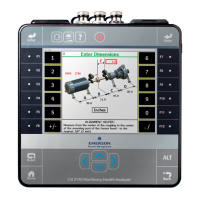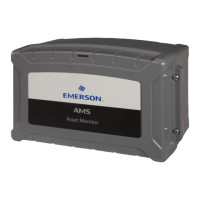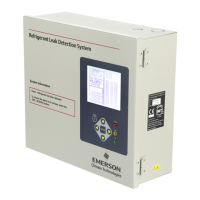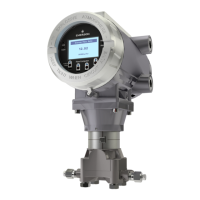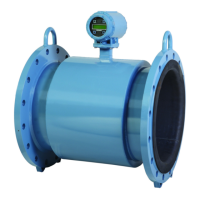One or more plots display after the data is collected.
5.
Press F9 Store Data to save the data to a route or a job, or press F8 Start to redo the
measurement.
6.8.5 Bearing/Gear Analysis - PeakVue
Bearing/Gear Analysis - PeakVue detects anti-friction bearing or gear defects earlier than
normal vibration measurements. It also detects bearing defects on extremely slow turning
shafts that do not generate enough vibration to detect with normal measurements. See
Section 6.7.5 for more information on PeakVue technology measurements.
If you collected data on the measurement point, Bearing/Gear Analysis - PeakVue starts with
the original acquisition settings and adds the PeakVue processing. You can also set a lower
Fmax for the PeakVue measurement if the original spectrum shows no vibration peaks past
a certain frequency. Mark the cursor to the right of the last vibration peak and select
Bearing/Gear Analysis - PeakVue. The Fmax of the new spectrum is lowered to the next
available Fmax setting in the analyzer, above the marked frequency.
Prerequisites
• Mount the sensor on a stud or magnet and on a clean, very flat surface with no paint,
if possible. Paint absorbs vibration and affects the data accuracy. Due to the short
duration of bearing impacts, a higher frequency sensor with the Fmax set between
10,000 and 15,000 Hz works best, even if you measure slow speed machines.
• Place the sensor in the radial (horizontal) or axial position as close to the bearing
load zone as possible.
• Set up a sensor.
Procedure
1. Create a job or open Analyze from a route measurement point.
2. From the Analyze main menu, press F6 Bearing/Gear Analysis - PeakVue.
If you disabled the help text, data collection begins.
3. Press Start or Enter to collect the data.
4. Press Enter to view the data.
One or more plots display after the data is collected.
5. Press F9 Store Data to save the data to a route or a job, or press F8 Start to redo the
measurement.
6.8.6 Low Frequency Analysis - Slow Speed Technology
Low Frequency Analysis - Slow Speed Technology (SST) detects problems with low speed
equipment, usually below 10 Hz, that was integrated from acceleration to velocity or
displacement. The SST process enhances the low frequency data by removing the “ski-
slope” effect and correcting the amplitude values of vibration peaks.
Analyze and Advanced Analyze
MHM-97432 Rev 7 127
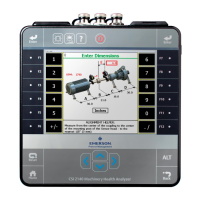
